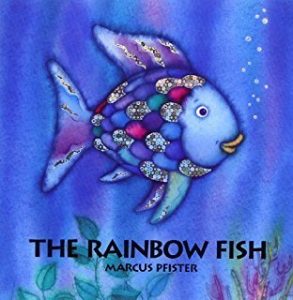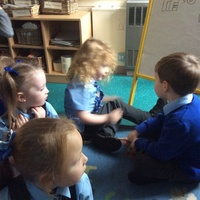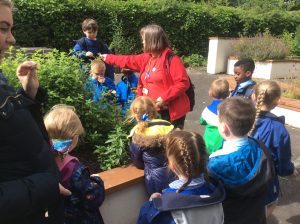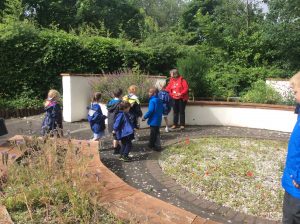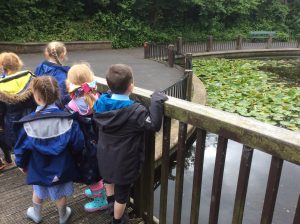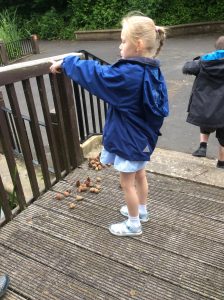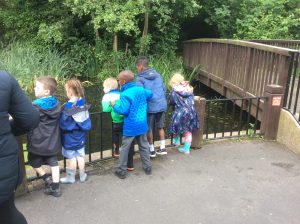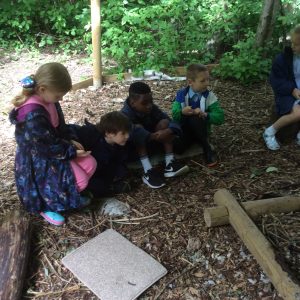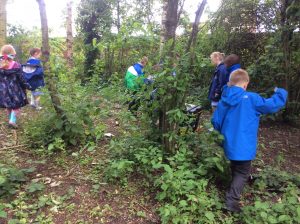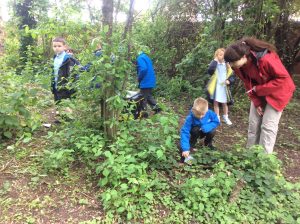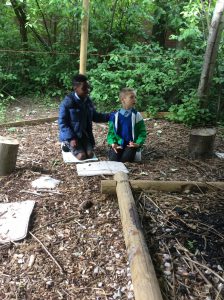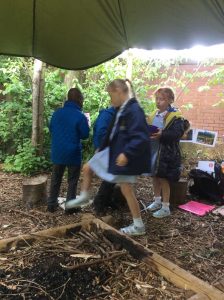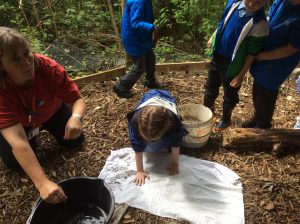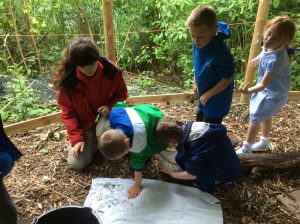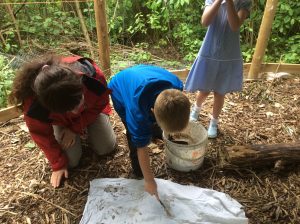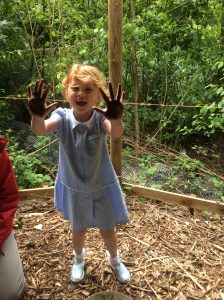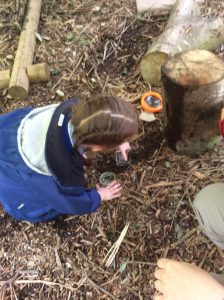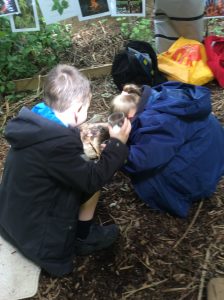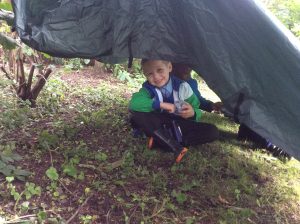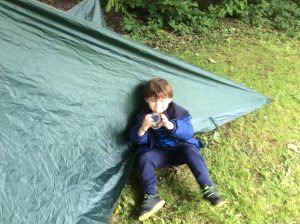In the latest research by anti-bullying charity Ditch the Label it was found that69% of young people under 20 have done something abusive to another person online, while 17% of young people have experienced cyberbullying. We give advice for parents and carers concerned about cyberbullying and practical tips for how they can support their child.
Discussing online bullying with your child
It’s important to have regular conversations with your child about the online world, including issues like cyberbullying. This will help you to understand if they have ever experienced or witnessed online bullying for themselves, and give you an opportunity to support them and reassure them that you are always there to help.
Some questions which you could ask your child are:
- How can you be kind online?
- What would you do if someone was being unkind online?
- What do you think cyberbullying is?
- How is it different to physical bullying?
See our conversation starters for more help starting this conversation.
Developing empathy
We also need to support children in developing empathy and understanding the impact of their online actions. While it might be difficult to think about your child behaving negatively towards someone else, it’s worth bearing in mind that sometimes young people find it hard to identify what bullying is and may just think the behaviour is ‘banter’ and to be expected. It’s important they recognise what behaviour is acceptable and recognise how online actions can affect others. This can begin as soon as children start using technology; our storybook Digiduck’s Big Decision helps even the youngest internet users develop this understanding.
If your child has experienced cyberbullying:
- Let them talk
Give them the space to share what they want to in their way and listen. Try to avoid the temptation to interrupt because you know what’s going on, prompt if necessary but let them do most of the talking.
- Don’t be shocked by what they tell you
If there’s one sure way to put a child off seeking help, it’s making them feel embarrassed or ashamed about why they’re asking for help. Times change and some of the things young people do today may make us cringe sometimes, but the inherent behaviour is the same as it was when we were their age.
- Don’t deny access to technology
When we speak to young people about barriers to getting help they often share that they are worried that their device may be taken away from them. Reassure them that this won’t happen if they speak up about something that has been worrying them online.
- Encourage them not to retaliate
Although this can seem like the most tempting thing to do in a situation like this it’s very important that you do not retaliate to the cyberbullying. Most of the time the bully is looking for a reaction when they’re teasing or calling someone nasty names. Your child may wish to reply and ask the person to stop sending messages however this is not necessary and action can be taken without replying.
- Save the evidence
It’s important to keep the cyberbullying messages that a child has received, whether through taking screenshots or saving the messages on the device. Saving the messages allows you to have evidence when reporting the cyberbullying.
- Talk to their school
Schools play a vital role in the resolution of abusive online behaviours. They have a plethora of effective tools such as the Enable anti-bullying toolkit. They have anti-bullying and behavioural policies in place in order to provide a duty of care to all who attend. As such, they will want to know about any incidences that could potentially affect a child’s wellbeing. Take the evidence of bullying and any additional details about the context of the situation and length of time it has been going on for. It is helpful to discuss this with your child and you may want to speak to the school together.
- Talk to the police
If you think that your child is in immediate danger don’t hesitate to call the police. Equally, if there is a direct threat of violence or harm within any conversation then you may also wish to contact your local police for support. As parents, any incident involving children will be extremely emotive. There has been a lot of stories about online abuse in the media and the majority of bullying issues can be resolved satisfactorily with support from your child’s school.

